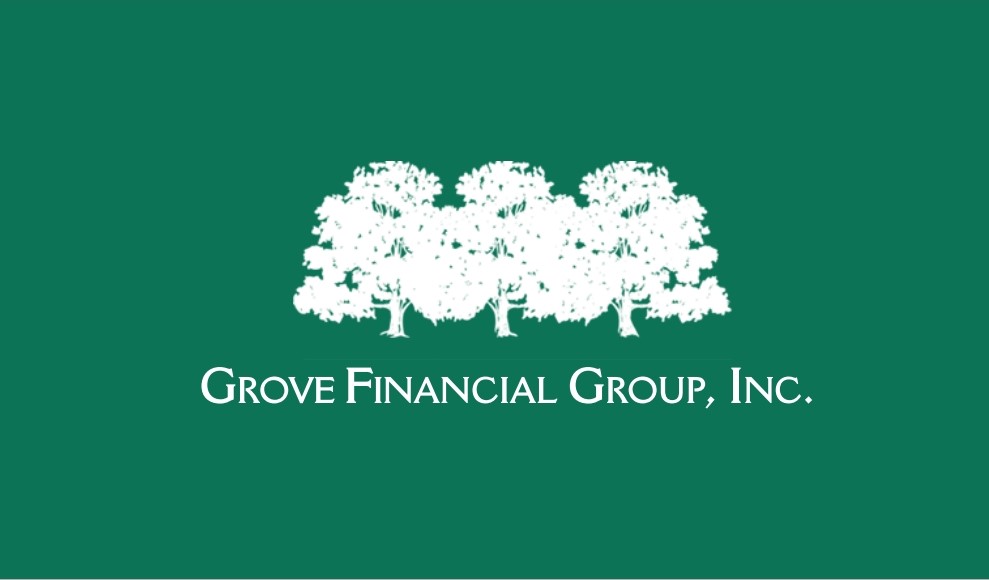- July 30, 2025
- by Leon Grove
- Uncategorized
The Executive's Security Wake-Up Call: How One Crisis Transformed a Financial Philosophy
Challenge: The Growth-at-All-Costs Trap
When Michael Chen walked into our office in 2019, he embodied everything the financial industry celebrates. At 52, this tech executive had built an impressive $1.2 million portfolio through aggressive growth investing. His 401(k) was maxed out, his stock options were substantial, and his annual income of $275,000 seemed bulletproof in Silicon Valley’s booming economy.
“I want to retire by 60 with $3 million,” he declared confidently. “Just tell me which growth funds will get me there fastest.”
But beneath the impressive numbers lay a dangerous vulnerability. Michael had virtually no emergency fund (“dead money,” he called it), minimal insurance beyond basic employer coverage, and 95% of his wealth tied to market performance. His financial plan was a high-performance sports car with no airbags, seatbelts, or insurance policy.
The wake-up call came in March 2020. Within weeks, Michael’s portfolio plummeted 35%, his company announced layoffs, and his wife Sarah was diagnosed with early-stage breast cancer. Suddenly, the executive who had scoffed at “conservative” strategies was facing a perfect storm that exposed every security gap in his financial fortress.
Strategy: Building Security Through the Four Pillars Framework
We immediately shifted Michael’s focus from growth optimization to security-first wealth building, applying our comprehensive Four Pillars approach:
Pillar 1: Emergency Foundation Our first move was radical: we reallocated $75,000 from his volatile growth positions into a high-yield money market account. This created a six-month emergency fund that Michael initially resisted (“I’m losing potential returns!”) but would later credit as his lifesaver.
Pillar 2: Income Protection We discovered Michael had been declining his company’s disability insurance, considering it unnecessary. We immediately enrolled him in both short-term and long-term disability coverage, securing 60% of his income if he couldn’t work. We also explored Social Security optimization strategies and began planning for pension-like income streams through immediate annuities.
Pillar 3: Insurance Armor Beyond disability coverage, we increased his life insurance from $500,000 to $1.5 million through a combination of term and whole life policies. Most crucially, we added long-term care insurance—a decision that proved prescient when Sarah’s treatment required extended care support.
Pillar 4: Legal Fortifications Michael’s estate planning was virtually non-existent. We updated his will, established a revocable trust, and ensured all beneficiary designations were current and aligned. We also created healthcare directives and powers of attorney—documents that became essential during Sarah’s treatment.
The strategy wasn’t just about adding protection; it was about rebalancing his entire approach. We shifted his portfolio from 95% growth investments to a more secure 70/20/10 allocation: 70% diversified growth, 20% fixed income and guaranteed products, and 10% alternative investments including REITs and precious metals.
Results: Measurable Outcomes and Unexpected Benefits
The transformation’s impact became clear during the subsequent challenges:
Financial Stability During Crisis: When Michael was furloughed for four months in 2020, his emergency fund covered all expenses without touching investments. Meanwhile, his more balanced portfolio recovered faster than his previous aggressive allocation, ending 2020 only 8% below its pre-pandemic peak compared to the 23% loss his old strategy would have suffered.
Healthcare Security: Sarah’s cancer treatment cost $85,000 out-of-pocket over 18 months. Their enhanced insurance coverage and emergency fund meant they never had to liquidate investments or go into debt. Sarah made a full recovery, and they emerged financially intact.
Long-term Wealth Growth: Contrary to Michael’s fears about “conservative” approaches limiting growth, his new strategy actually accelerated his wealth building. By 2024, his portfolio had reached $1.8 million—ahead of his original timeline despite the 2020 setbacks. The security-first approach eliminated forced selling during downturns and allowed for strategic buying during market dips.
Peace of Mind Dividends: Perhaps most importantly, Michael reported sleeping better and making clearer financial decisions. “I used to check my portfolio multiple times daily and panic during every market correction,” he shared. “Now I have confidence in my plan regardless of what markets do.”
Takeaway: Security Amplifies Wealth, Not Limits It
Michael’s journey illustrates a counterintuitive truth: the most aggressive wealth-building strategy is often the most conservative one. By prioritizing security first, he created the foundation that allowed him to take calculated risks with growth investments while protecting against forced liquidations that destroy long-term wealth.
The universal principles from Michael’s transformation:
- Emergency funds aren’t “dead money”—they’re opportunity funds that prevent you from selling investments at the worst possible times.
- Insurance isn’t an expense—it’s leverage that protects your wealth accumulation from catastrophic losses.
- Diversification beyond stocks and bonds creates stability that actually enhances long-term returns.
- Legal protections preserve wealth across generations and ensure your financial plan survives you.
Michael’s story proves that true wealth building isn’t about choosing between growth and security—it’s about using security as the foundation that makes sustainable growth possible.
The lesson: Your biggest financial risk isn’t missing out on returns—it’s building wealth without the security to keep it.
#ClientSuccess #WealthStrategy #FinancialEmpowerment




